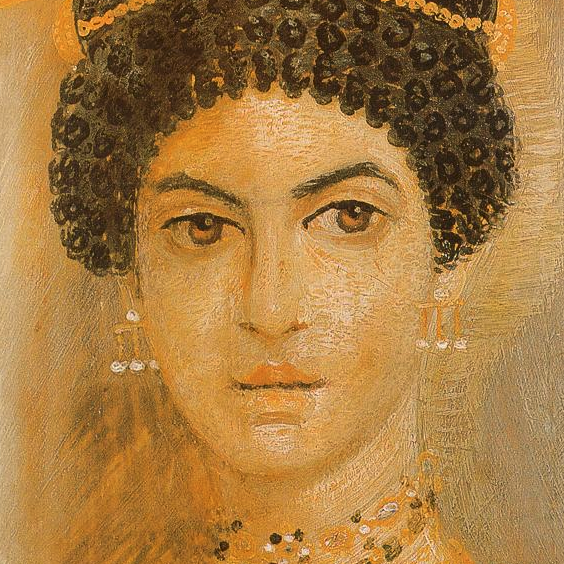As an industrial scientist I have learned quite a few problem solving tricks over the years. One of the simplest, at least in principle, is just to tabulate the data into a meaningful form. Many impossible issues that fox everyone involved suddenly become obvious if you just look at the information in a way that makes it easy to understand. It can be tedious to do, but is often very effective. But there is a downside. You present your painstakingly assembled piece of work to your colleagues. With the hard work done for them, somebody usually grasps the issue rapidly and often claims to have solved it themselves and proceeds to give themself a slap on the back for their penetrating insight. Nobody requires a huge amount of information to confirm their own genius. From that point on people start to focus on the next problem and your weeks or months of effort are rapidly forgotten.
Ian Morris’ Why the West Rules is a somewhat similar exercise on a much larger scale. What he has done is pull together all the data he can to try and quantify the social and economic development of different parts of the globe over a very long period indeed. Using this data he can assess how they are doing compared to one another. The work involved must have been huge and I don’t doubt that Morris would have loved to have written a book about the process. But wisely he has put that to one side – though there is a website for anorak wearing enthusiasts to pore over his workings. But that isn’t the bit we want to know about. What we are interested in is how well people are doing, and we are really interested in how we are doing relative to other people. We want to hear how the West came to be on top, and this is the story we get.
The scope is enormous. It goes right back to prehistory and comes up to the present day – in fact there is even some speculation about technologies of the future towards the end of the book. Early on it becomes clear that there were only ever two contenders in the race to be the most advanced. The West is defined here as the culture that developed in Mesopotamia and spread out from there to cover Europe, Egypt, North Africa and the rest of the Middle East, and which later subsumed the Americas. The only rival is China. To make this point the book opens with a fictional account of a Chinese ship visiting London in the reign of Queen Victoria. I am not normally a fan of alternative history scenarios. A bit of speculation on what might have happened diffierently in the aftermath of a particular event is okay, but elaborate flights of fancy of what might have happened if Helen of Troy’s nose had been a bit longer generally leave me cold. It is hard enough working out what actually happened let alone what might have happened. But in this case it sets the scene for the rest of the book beautifully. After all, it is such an ingrained feature of the history of the world for the last five hundred years that Europeans set sail towards the rest of the world that it is a jolt to imagine that it might have worked the other way around.
What we get next is the whole story of how it came to be that in the Victorian era it was British troops that arrived in Peking rather than Chinese troops in London. And it really is the whole story, going right the way back as far as it can be taken. The West has almost always been in the lead, getting started first and usually maintaining that lead. But it has always been close. There have been centuries on end when China took the lead. It very nearly beat the West to the stage of full scale industrialisation for example. For much of history this race has been a totally unconscious one. The Chinese only became aware of the Roman Empire some time around the reign of Marcus Aurelius in the second century. The Romans in turn never had more than the haziest notion of the other big civilisation on the block even though they did manage to trade with them via intermediaries. It wasn’t until the late Middle Ages that Marco Polo brought back detailed accounts of just how advanced Chinese civilisation was.
During the Middle Ages the sophistication and size of China dwarfed anything in Europe or the Middle East and an impartial observer would no doubt have confidently predicted that it would be the Chinese who were destined to rule the world. But they had achieved this by default thanks to problems and instability at the other end of the huge Eurasian continent. Later it was to be the Chinese that succumbed to problems leaving the West to forge ahead. Today the situation is that both are stable enough for development to proceed. They are also very well aware of one another and interacting like never before. This is a new and unique situation in history. What will happen next?
Morris can’t and doesn’t answer this directly. But what he does do is tell the story in enough detail to give an idea of where we are now. And it is quite a story. The economic history is used as the backbone of the book, but we get a lot of insight into how most of the time people are simply working to solve the problems they are faced with. We don’t see the big picture on a day to day basis. You have to read a book like this to see that.
